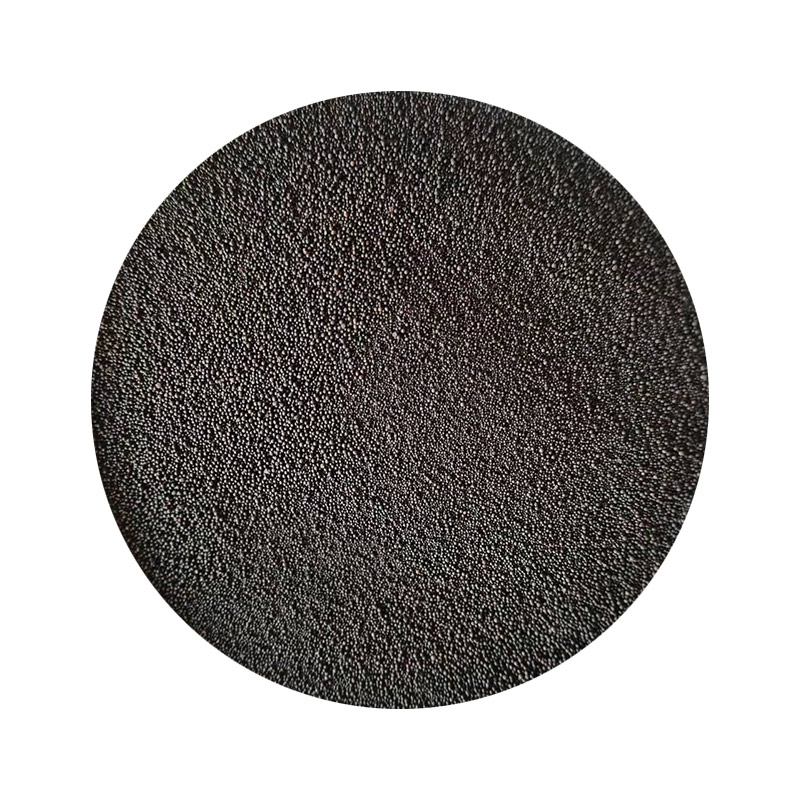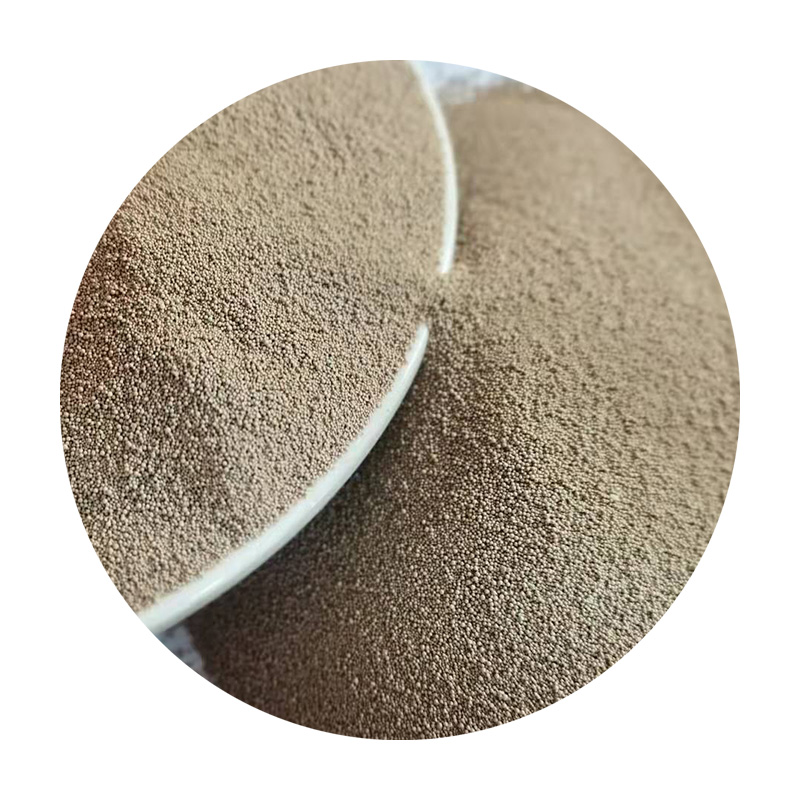

Refractoriness, or the ability of the sand to withstand high temperatures without breaking down, dictates the types of metals that can be cast. Metals such as steel necessitate sand with high refractoriness due to their elevated melting points. Expert metallurgists, drawing from years of experience, conduct thorough assessments of sand properties, ensuring they align with the specific casting requirements of various alloys. Additionally, environmental sustainability has emerged as a crucial consideration in the choice of molding sands. Professionals with authoritative knowledge of materials engineering suggest sourcing sand from environmentally responsible suppliers and employing reusable sand systems. By doing so, foundries not only enhance their reputations as sustainable enterprises but also gain the trust of eco-conscious clients. To foster trustworthiness, state-of-the-art foundries collaborate with academic institutions, fostering research to innovate and refine molding sand compositions. This collaboration ensures that both foundational theories and practical applications guide the improvements in sand usage, propelling the industry forward through informed decisions. In conclusion, the selection and optimization of molding sand for metal casting is an intricate art perfected by decades of experience and a deep analysis of each component's role. By focusing on grain size, clay, water content, refractoriness, and sustainable practices, metal casting professionals forge paths toward producing superior quality metal components, establishing themselves as authoritative figures in the industry. Such expert knowledge ensures that each casting not only meets but exceeds stringent quality benchmarks while supporting sustainable practices that align with modern environmental standards. Post time:Februari . 13, 2025 17:01
Next:large sand casting
